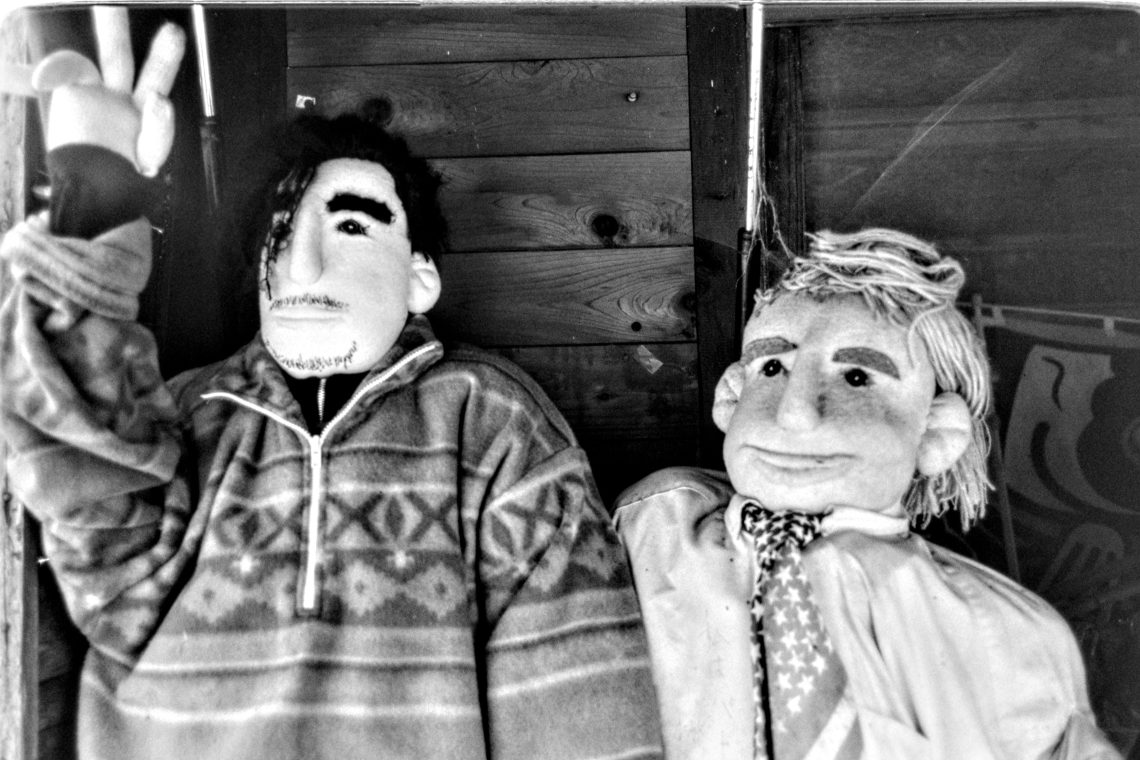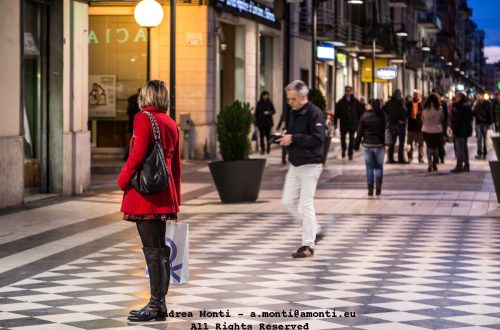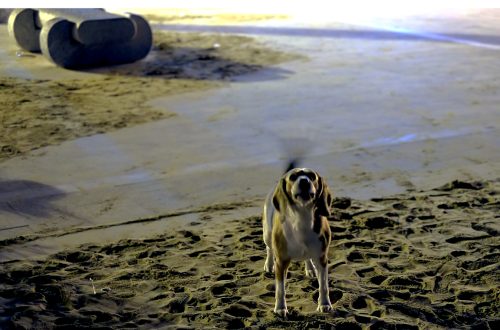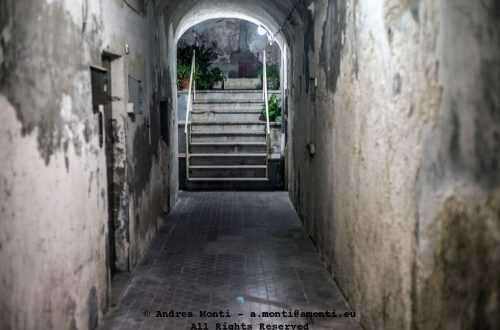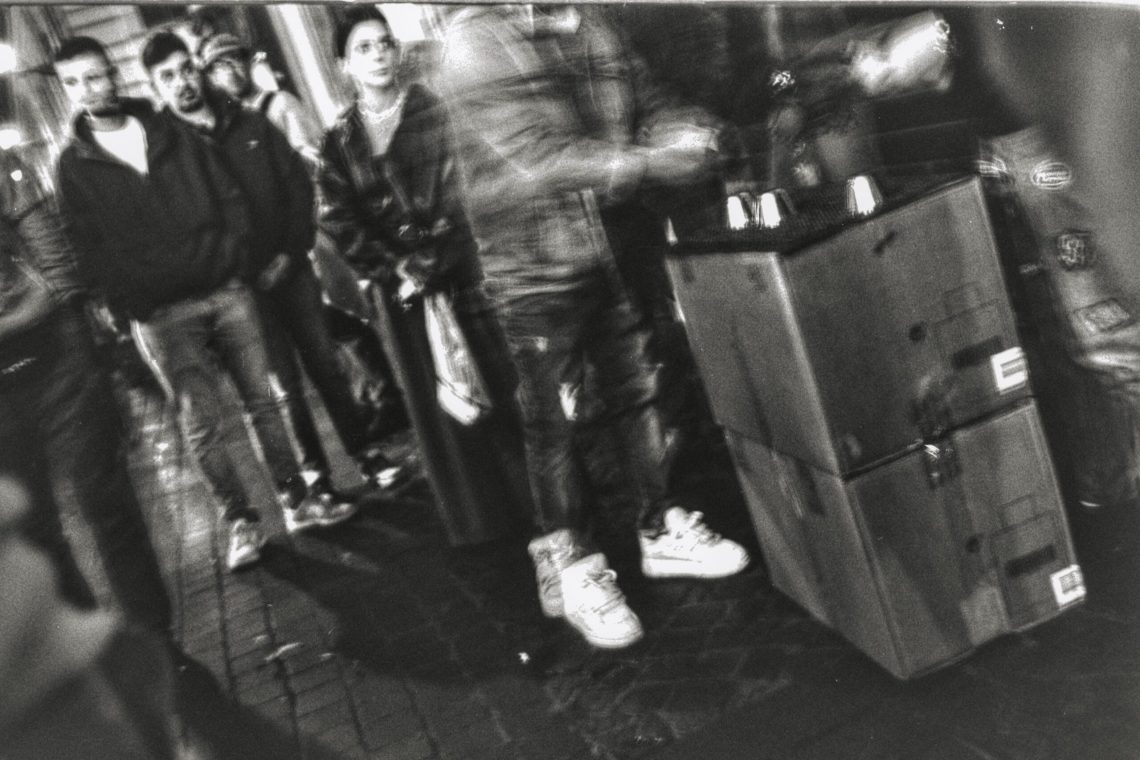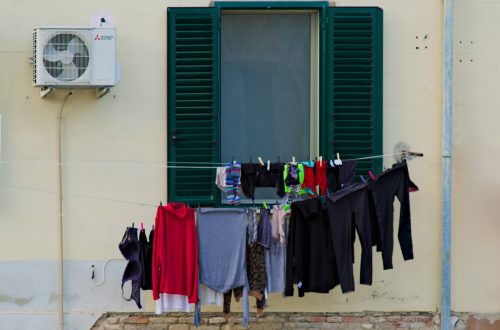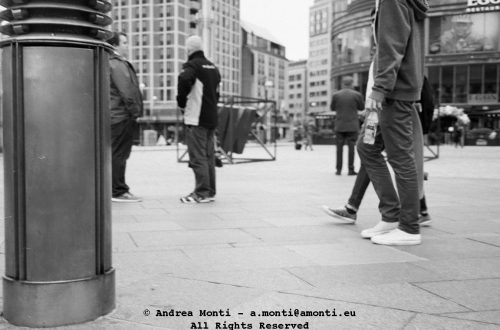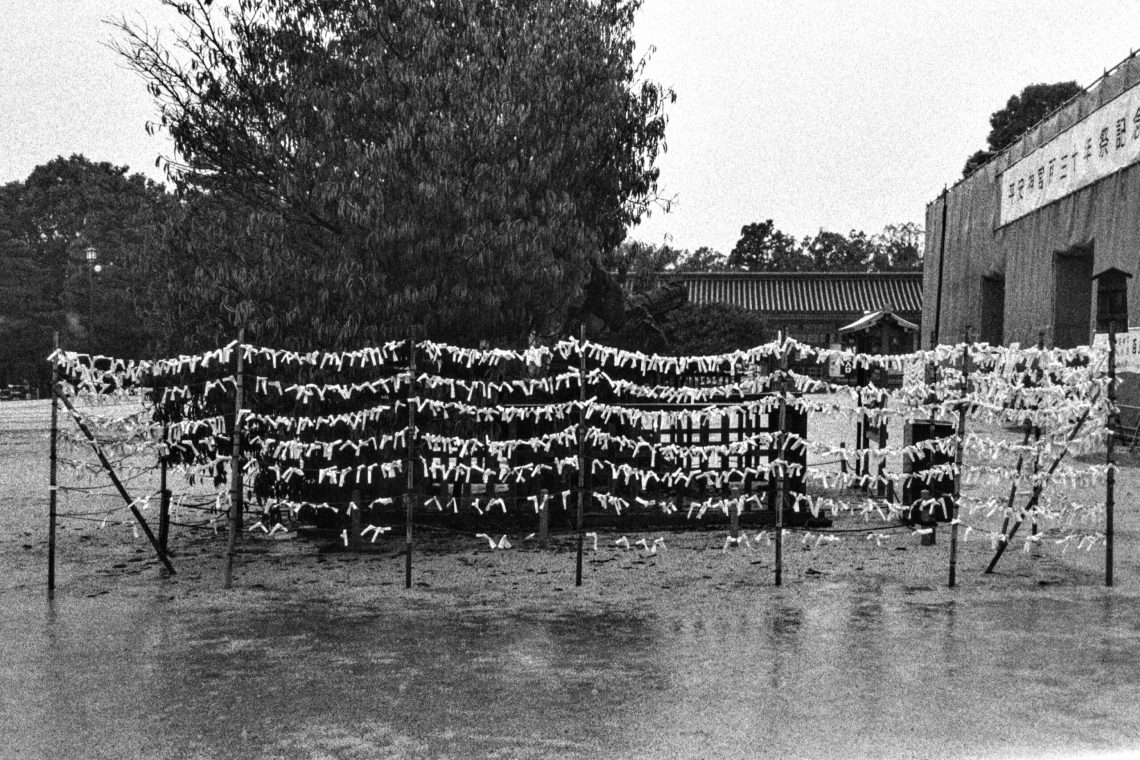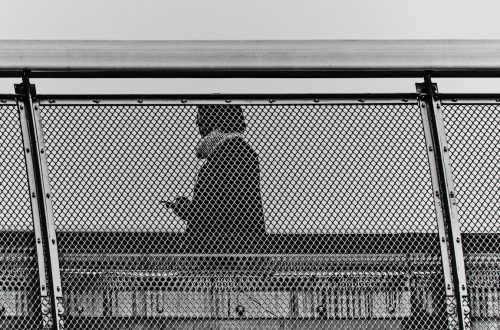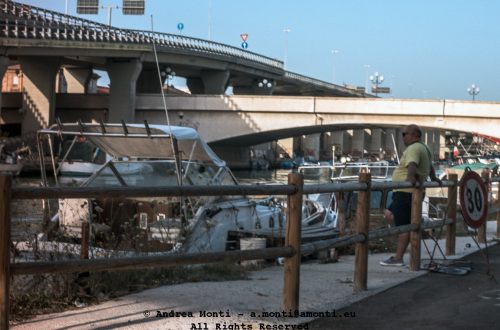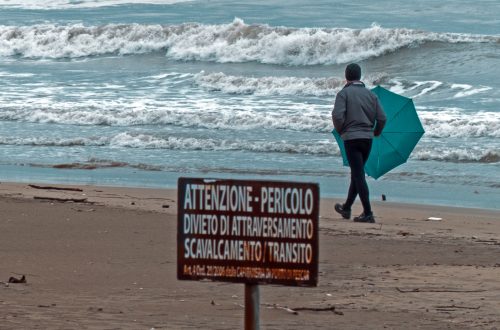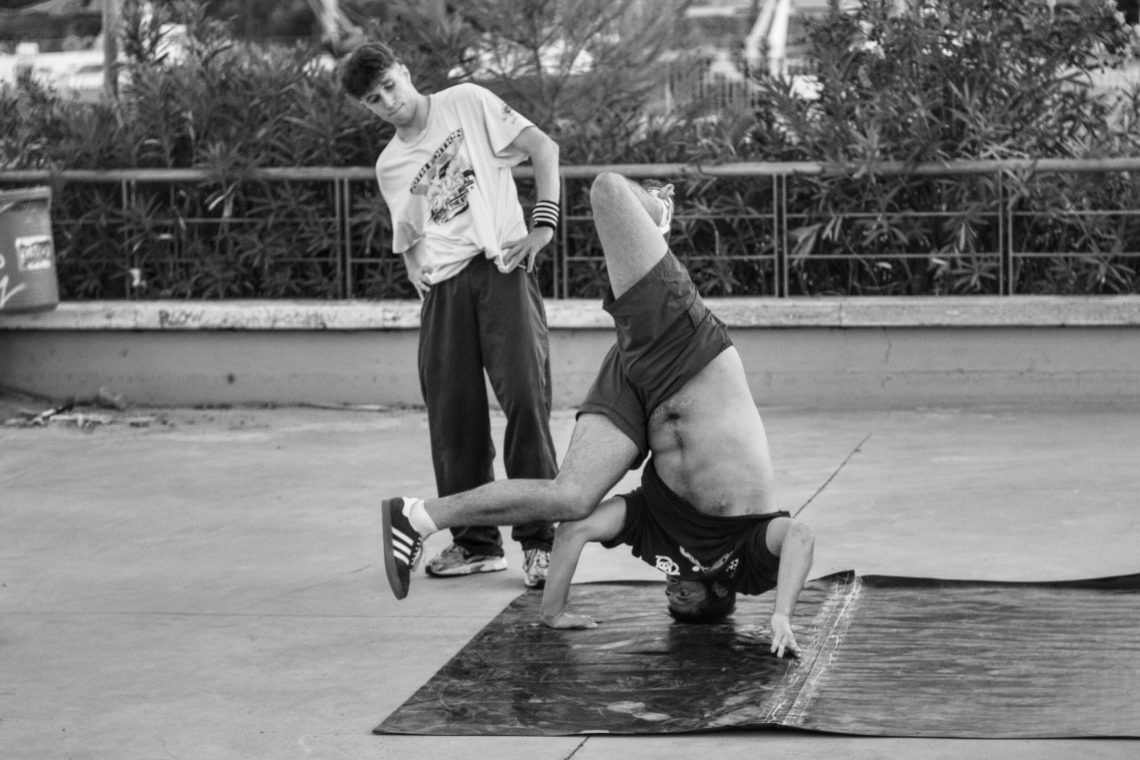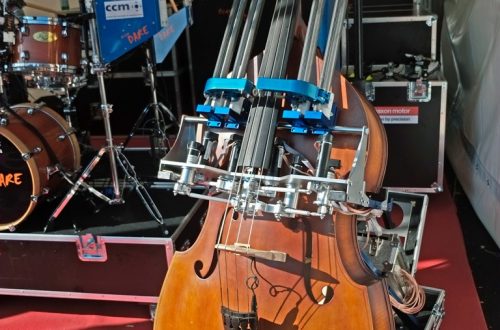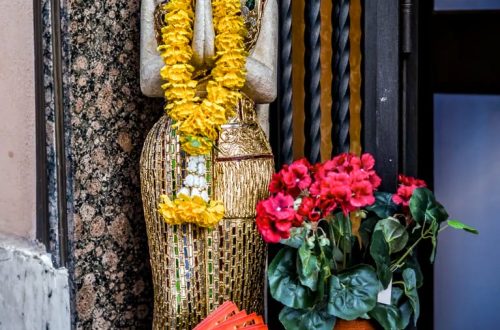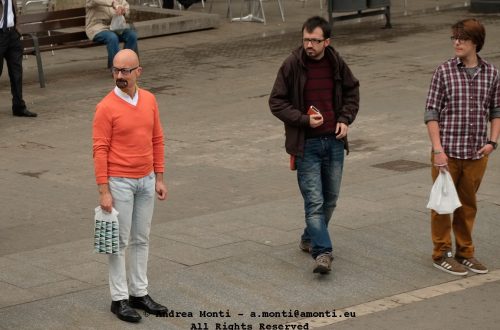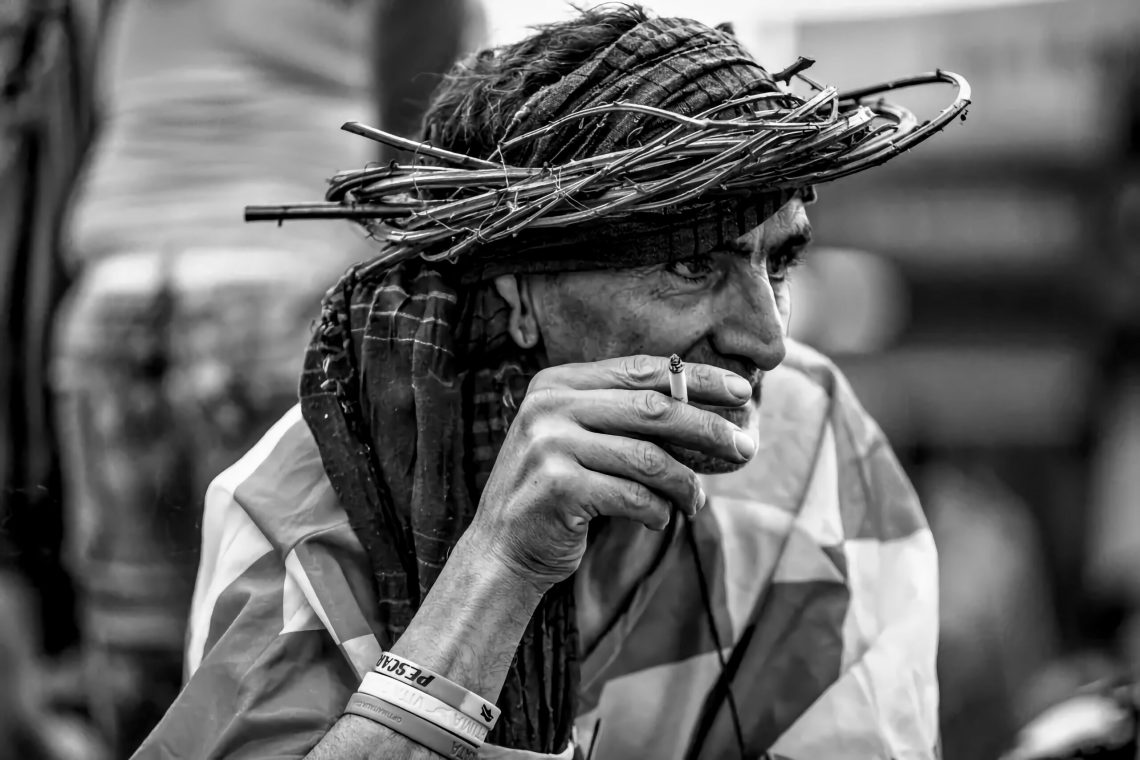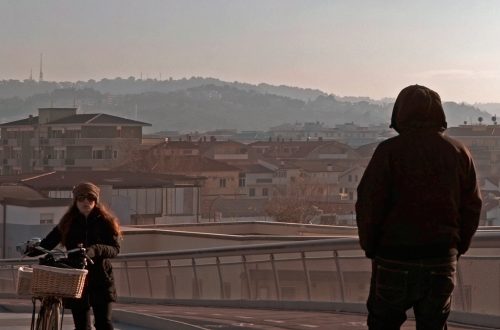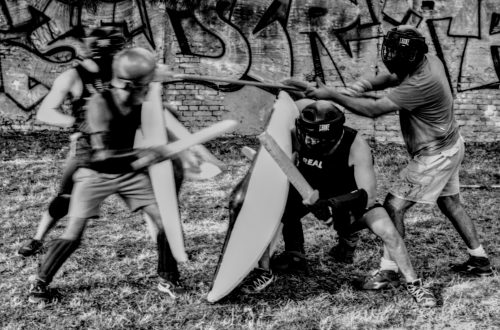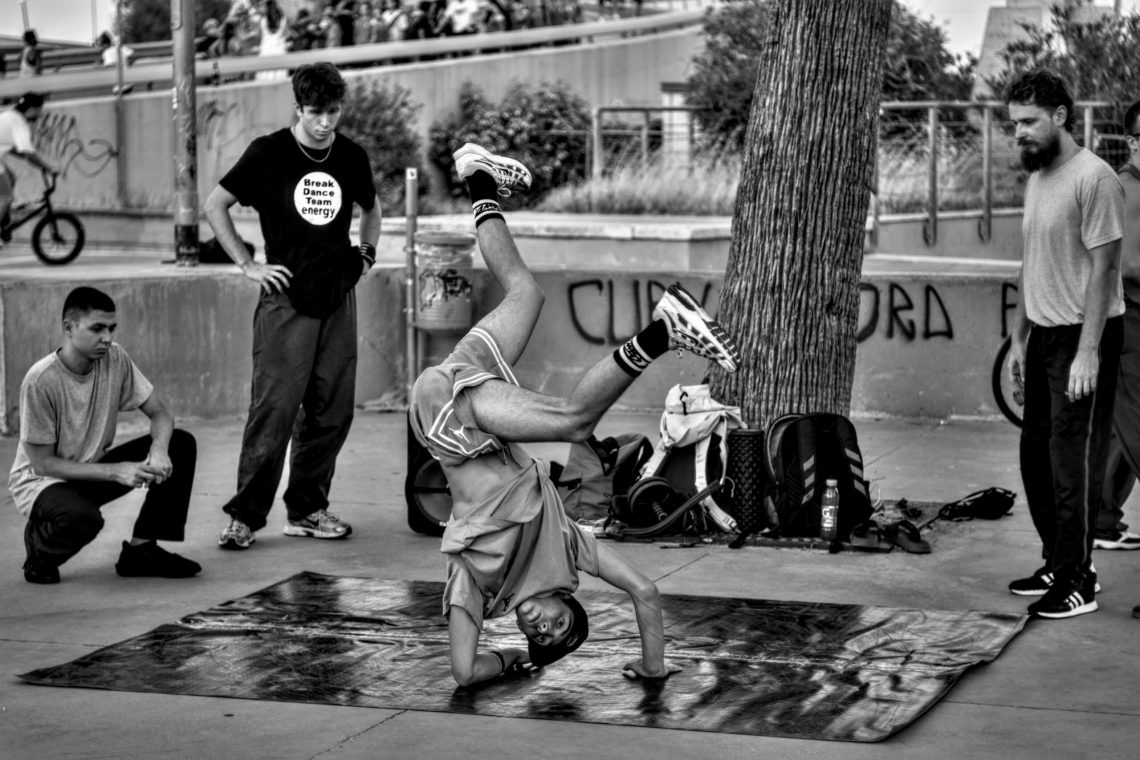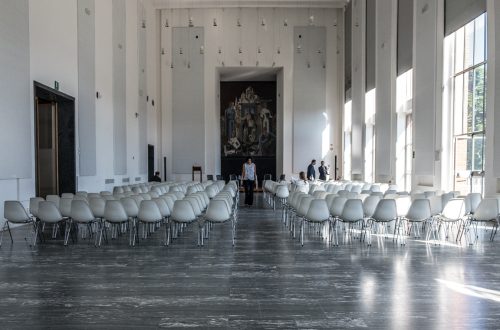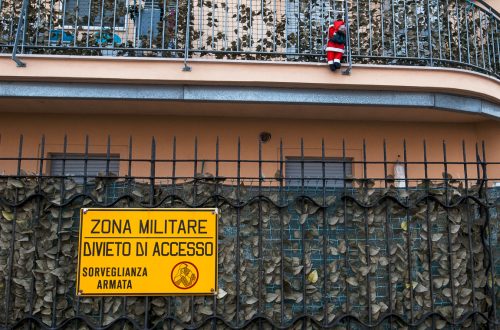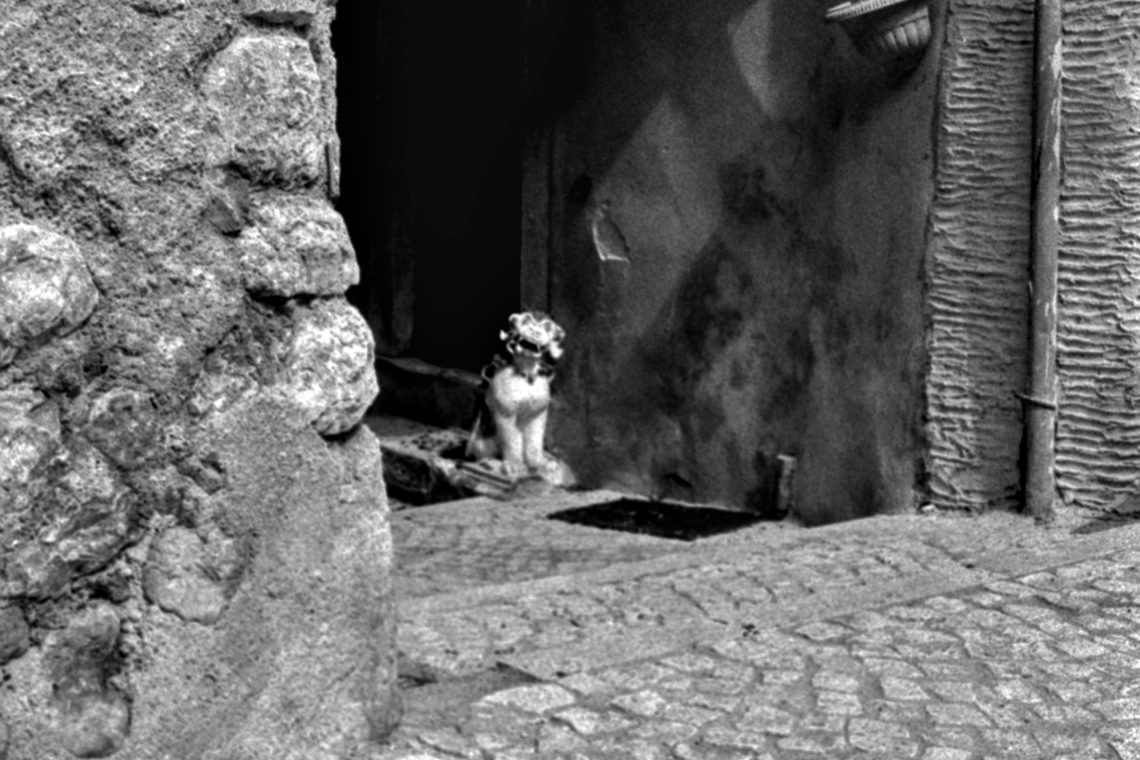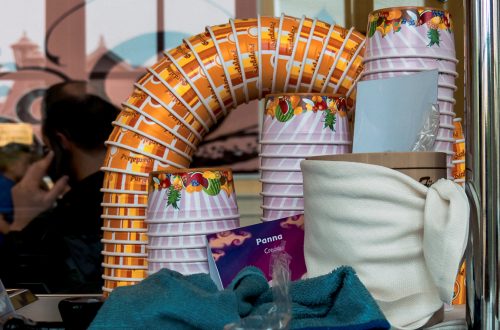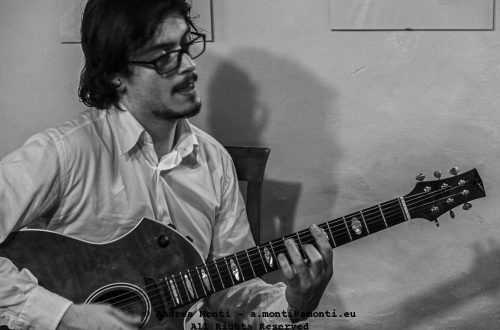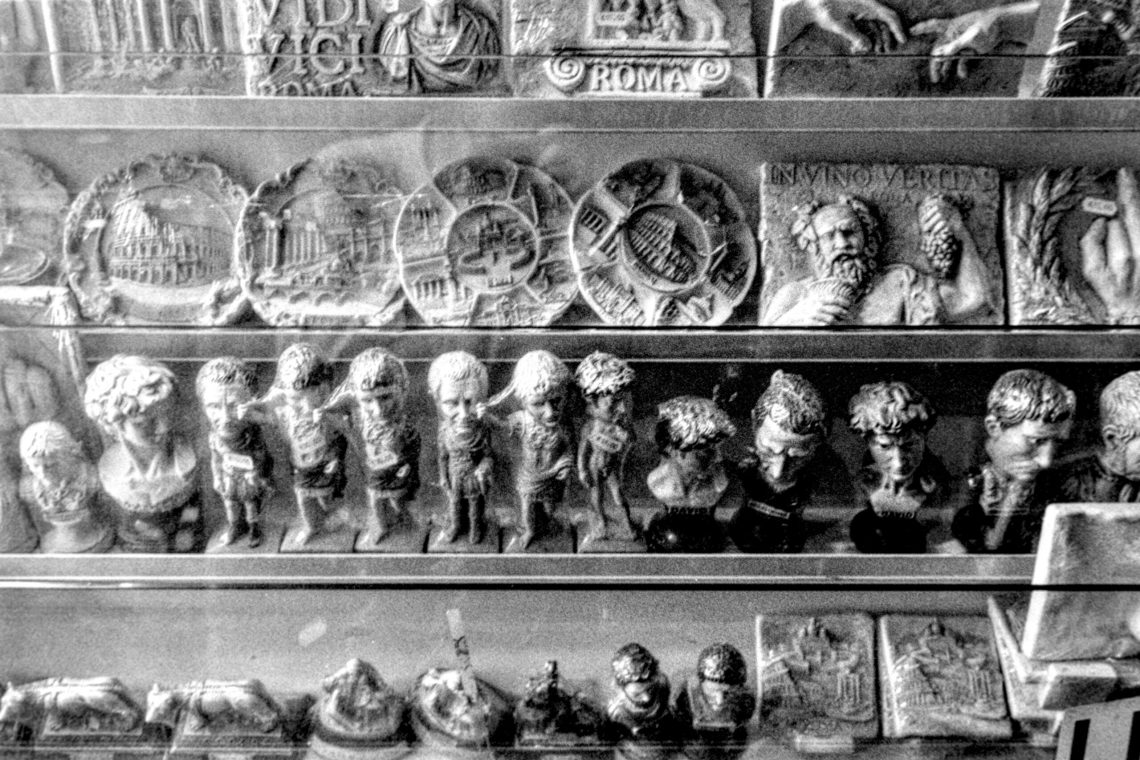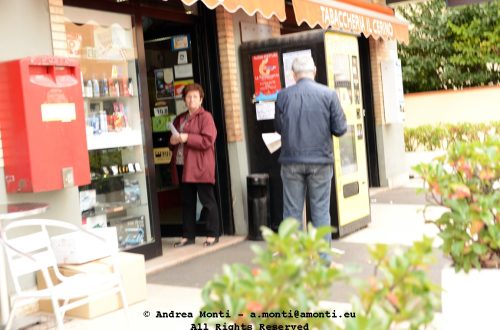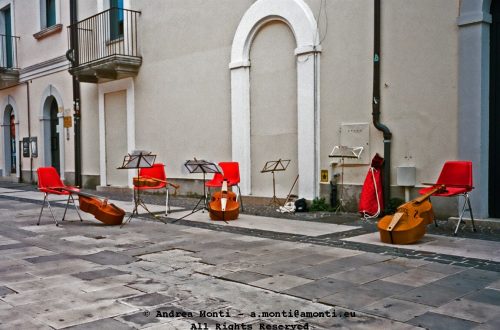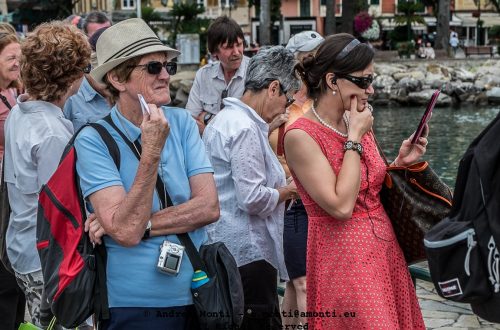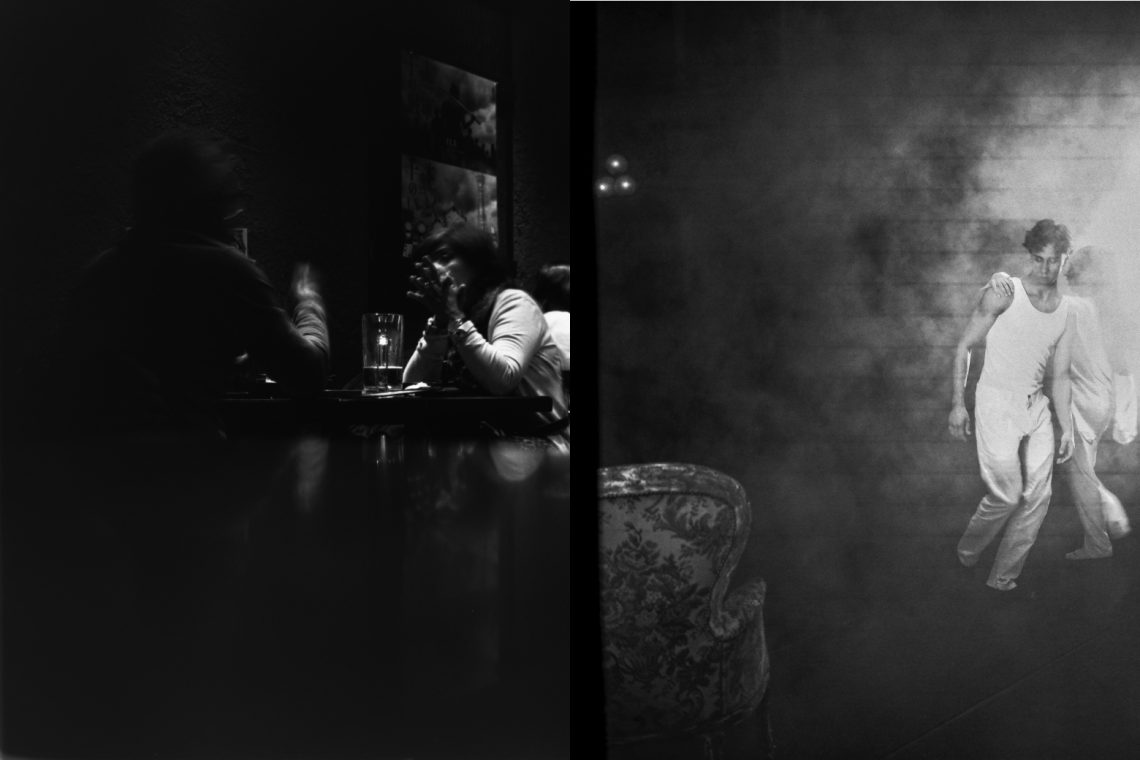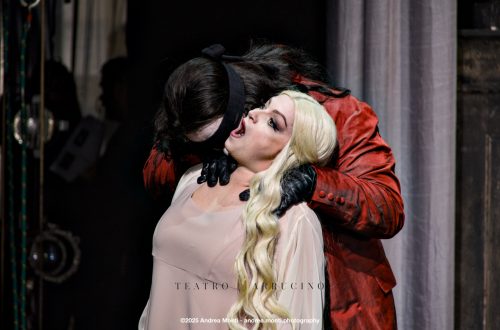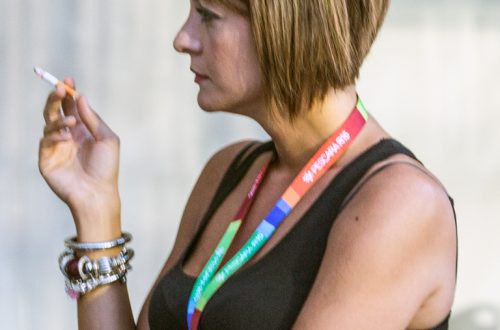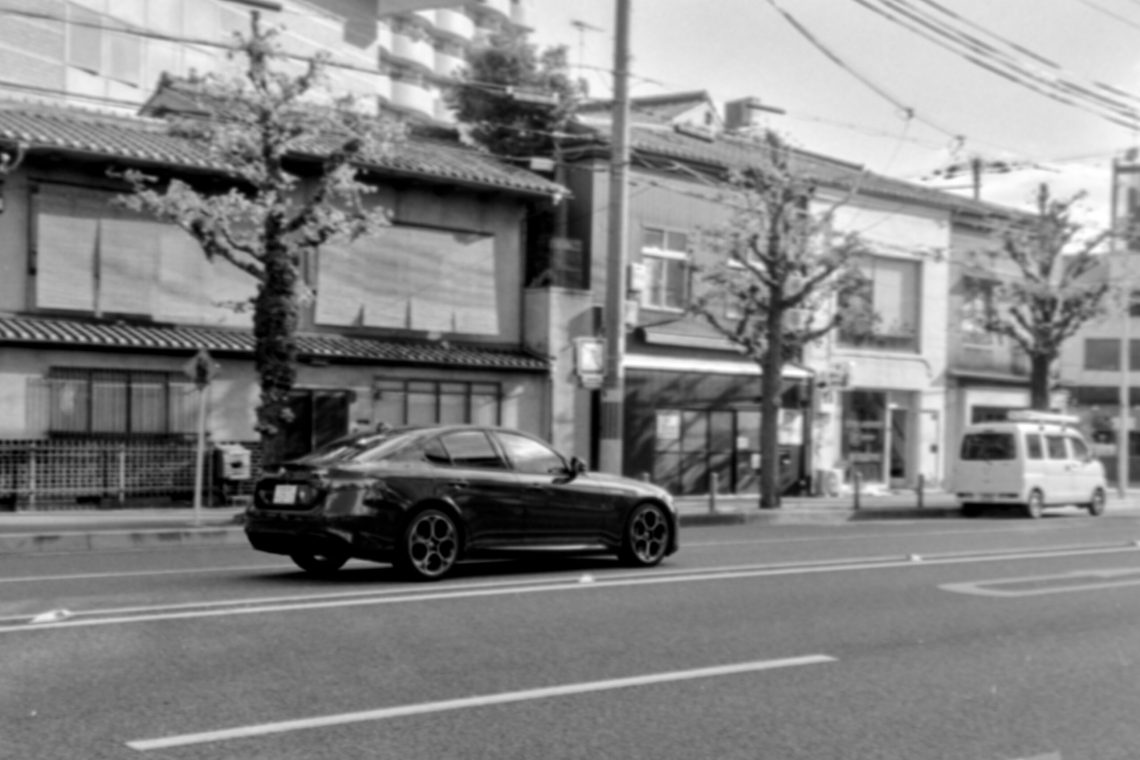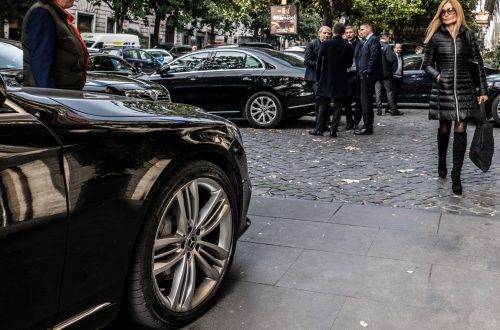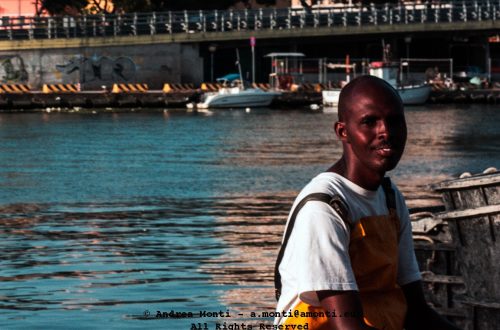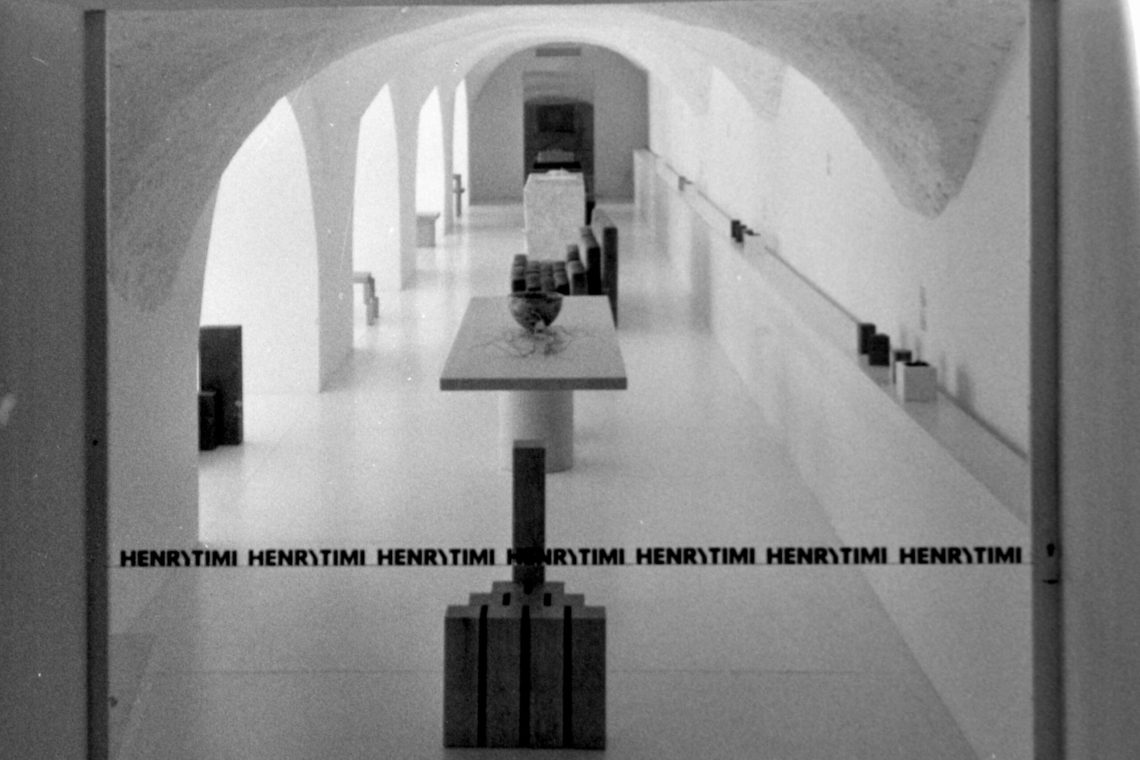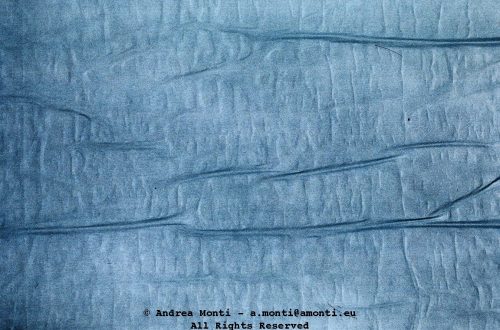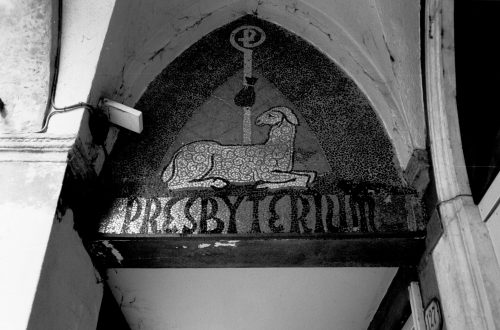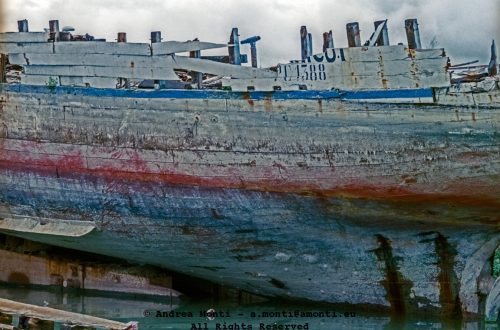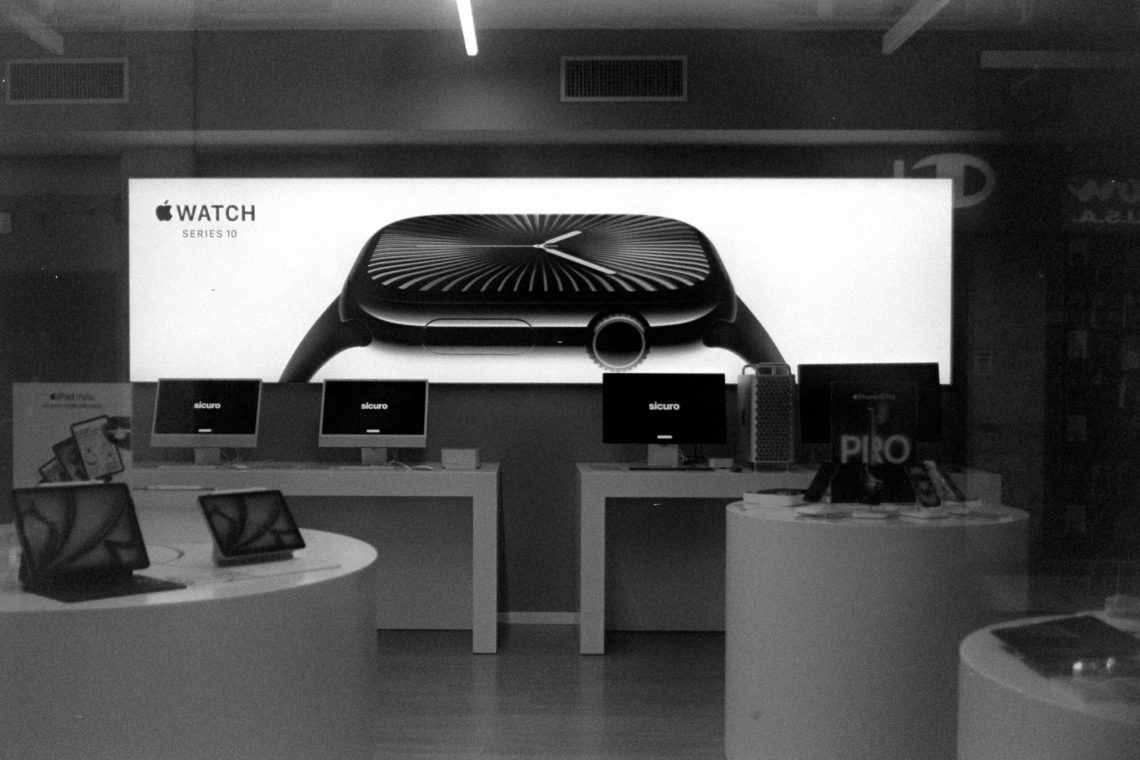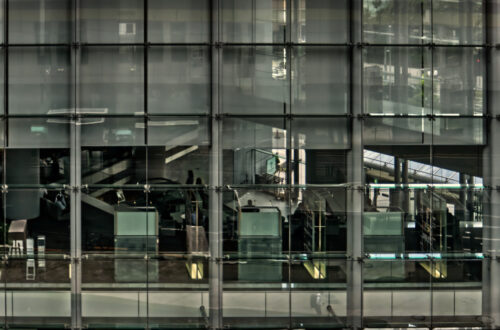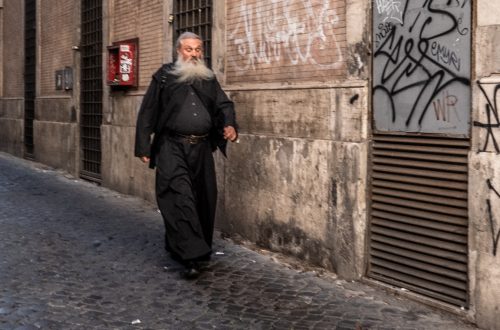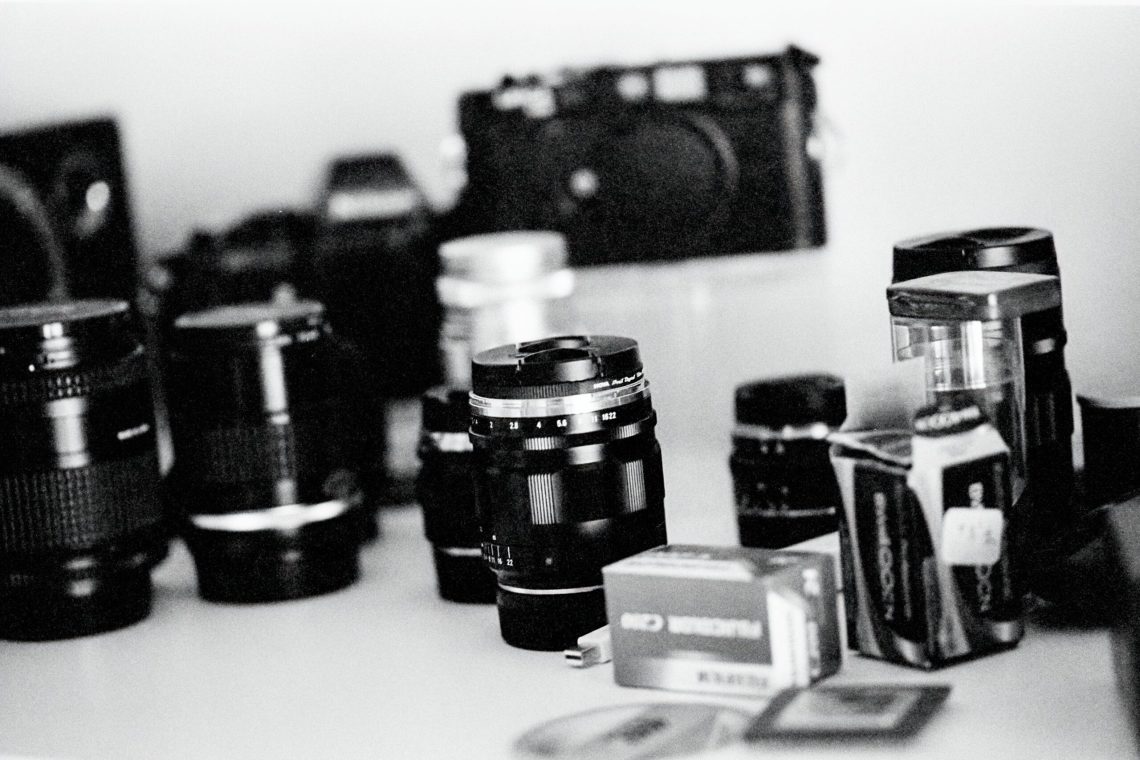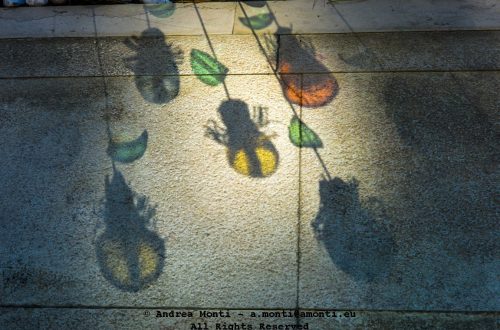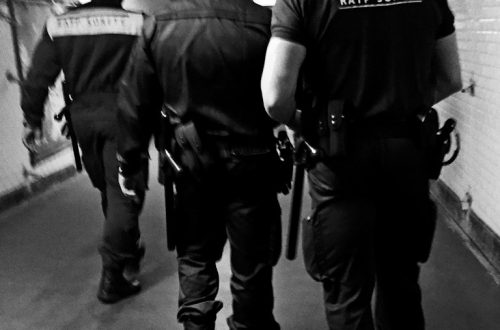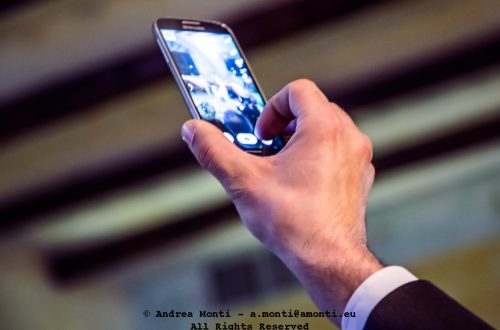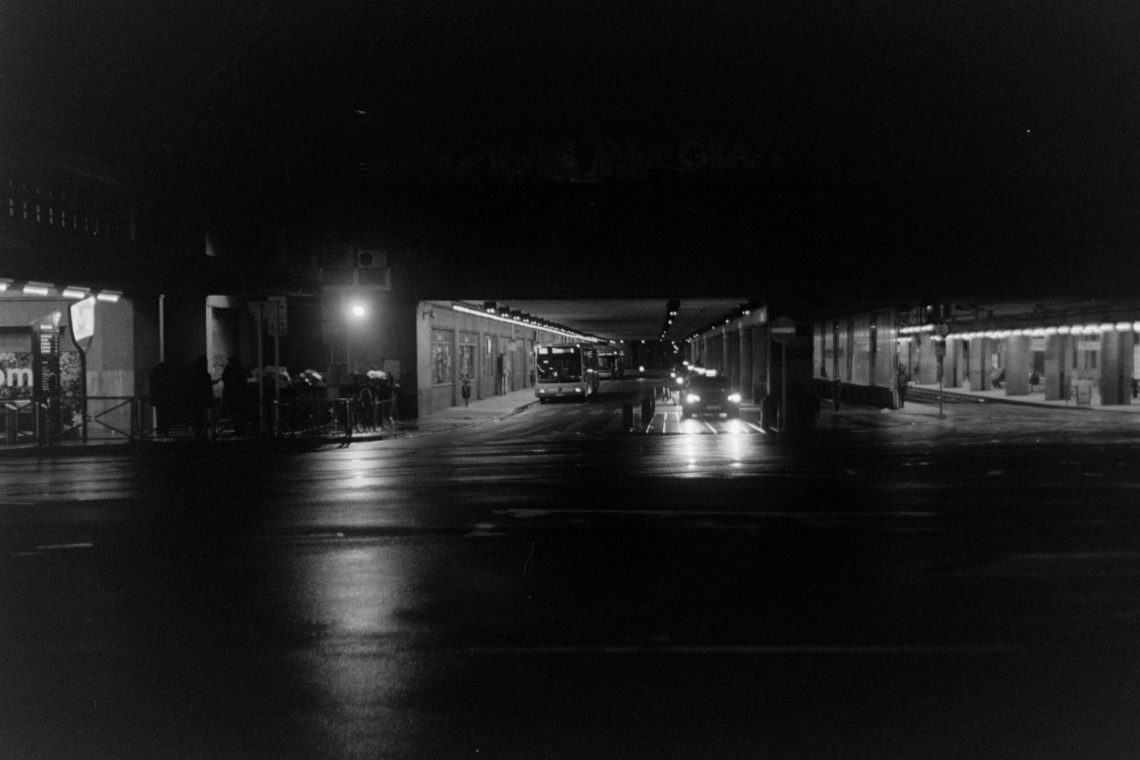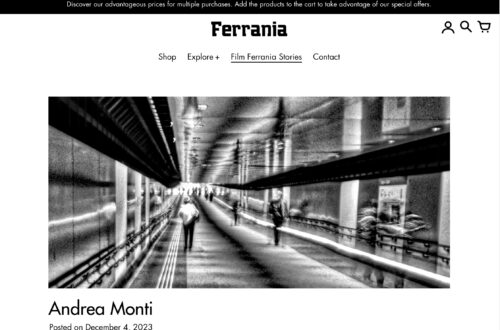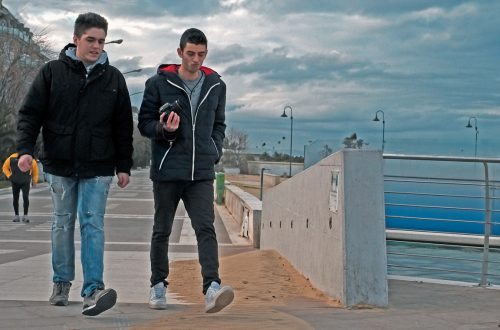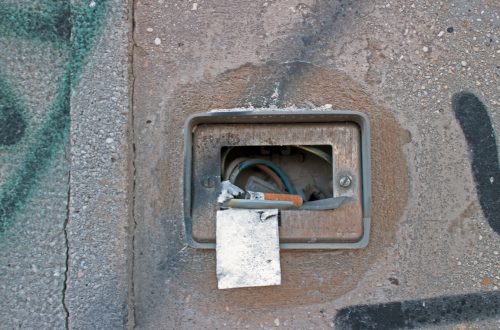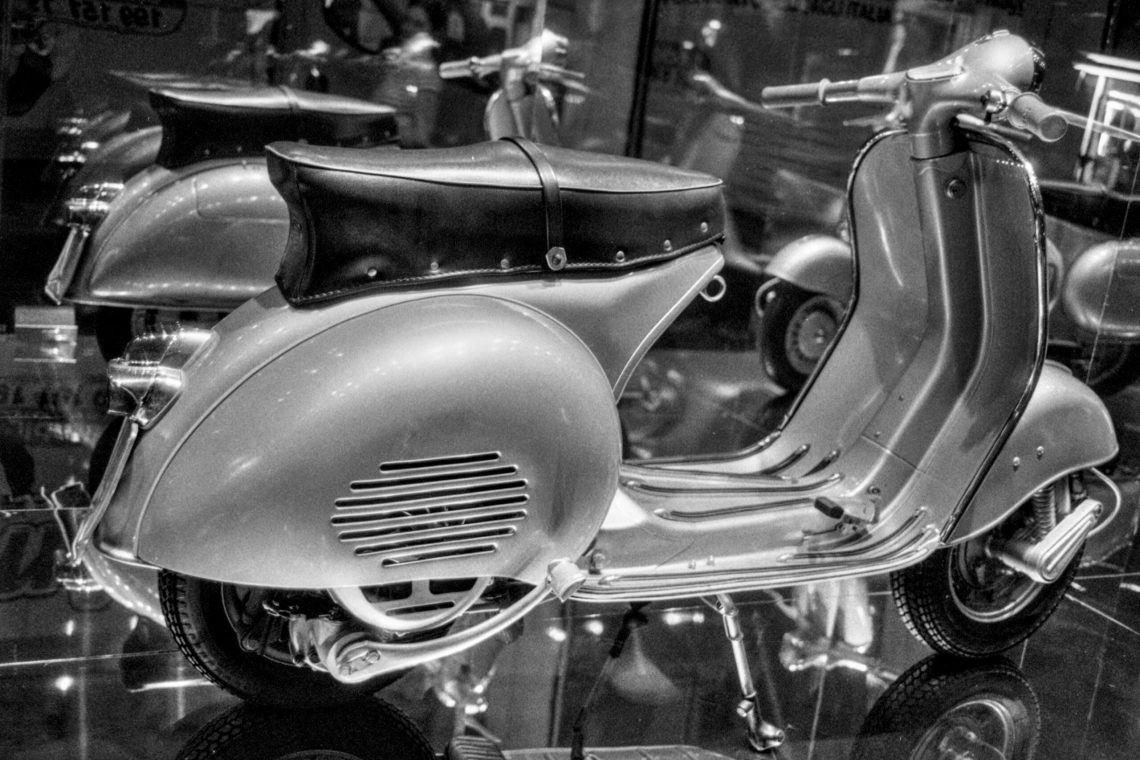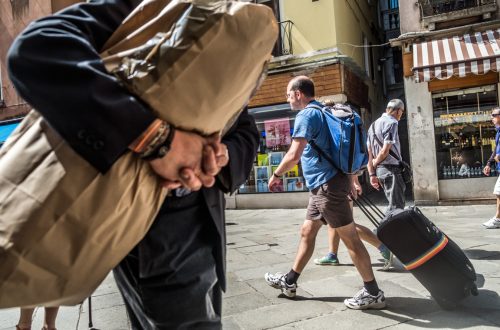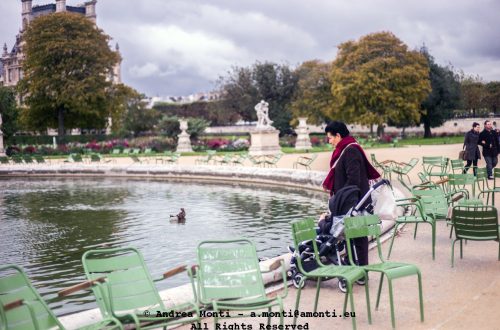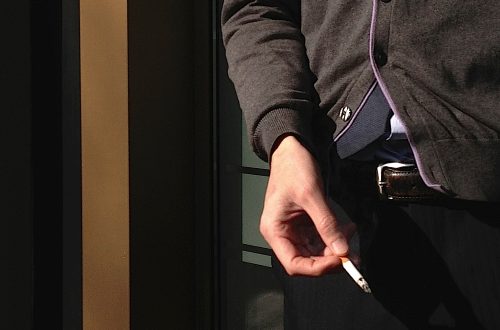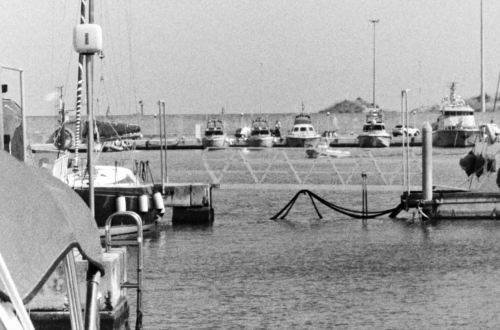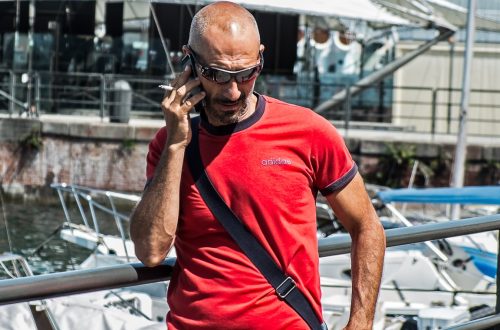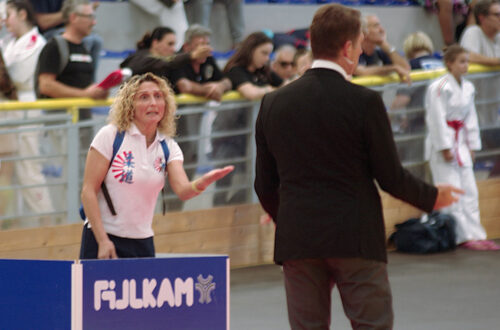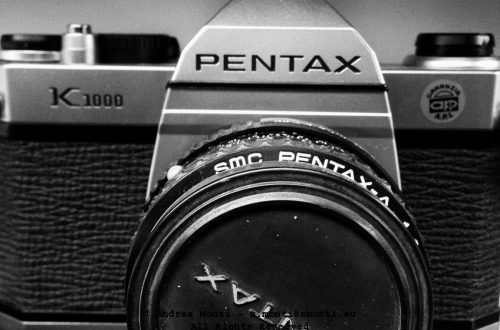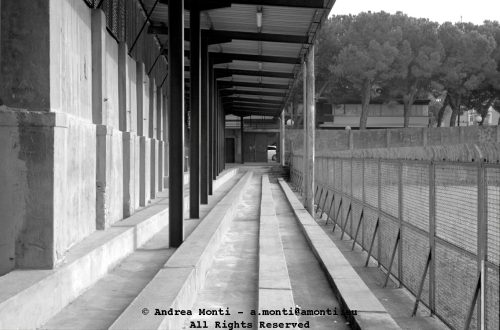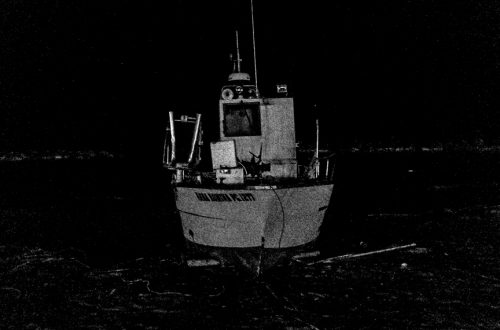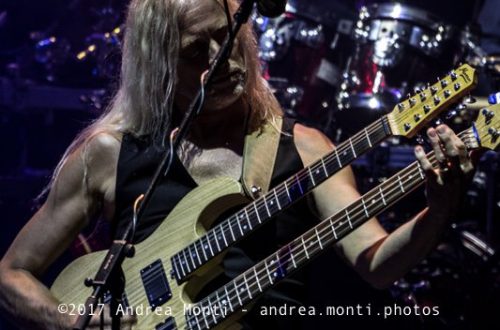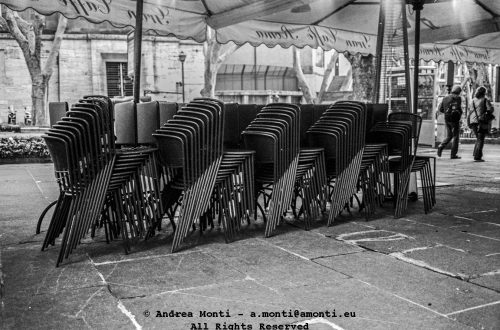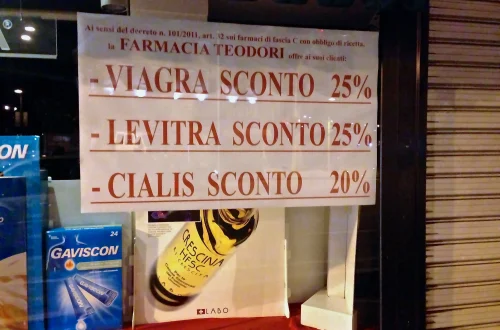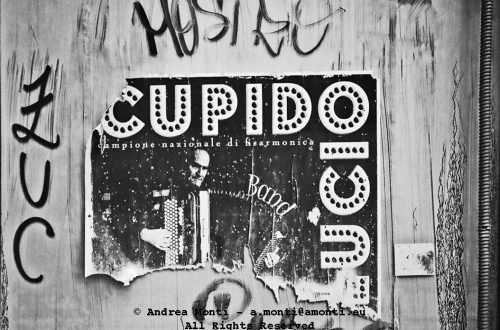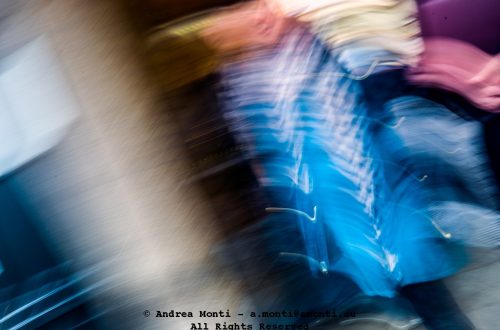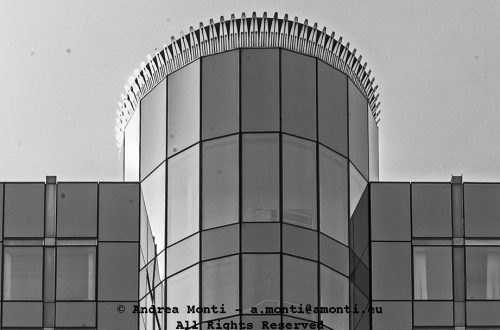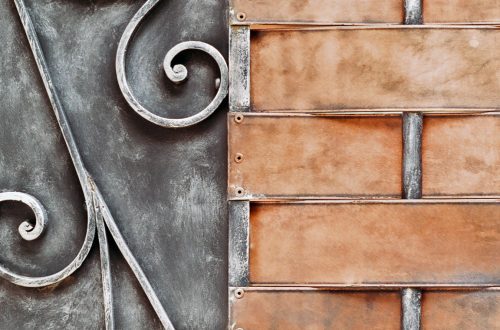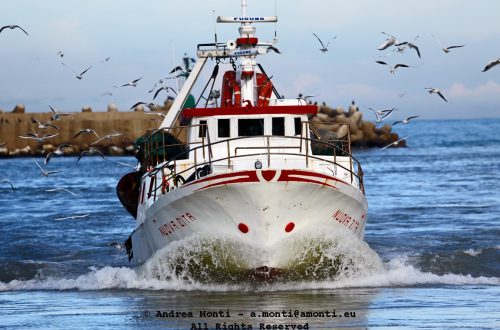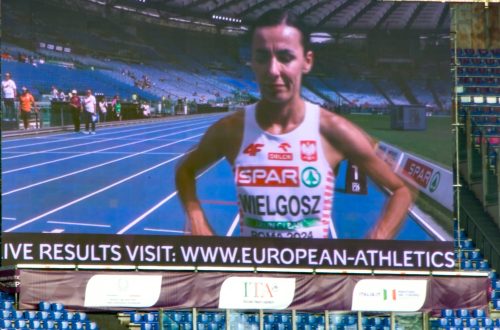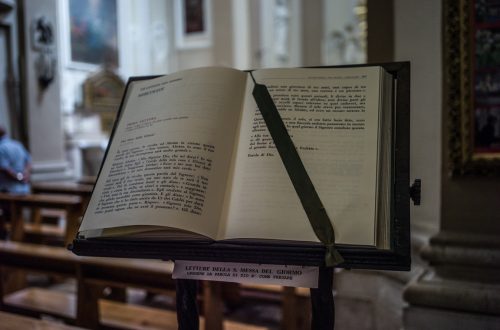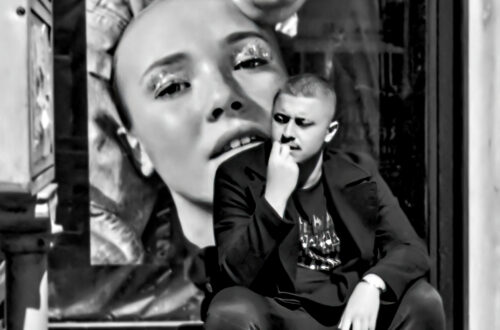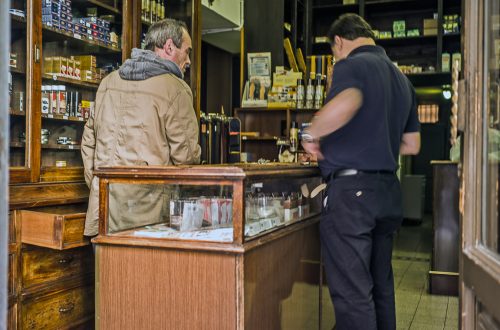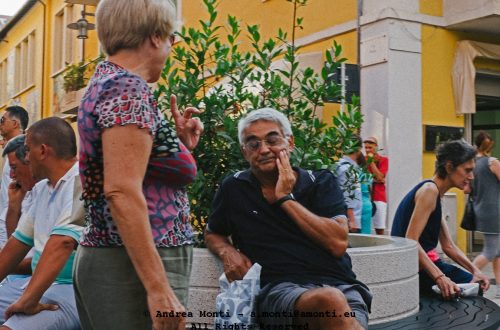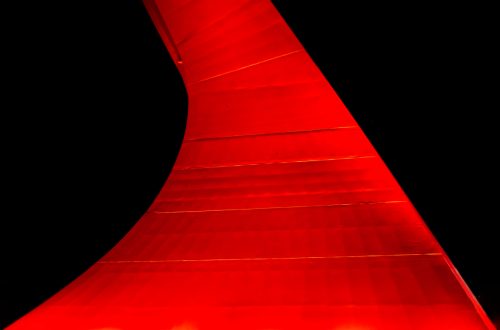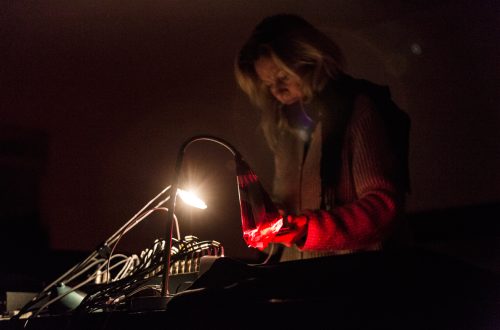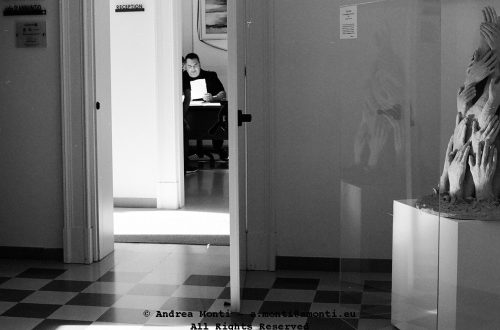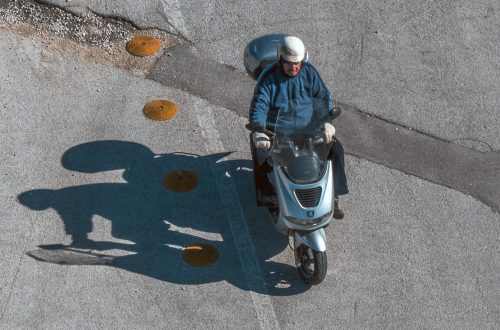-
Portraits From Nagoro, the Scarecrows’ Village
In the heart of Iya Valley, in Tokushima Prefeture, lies Nagoro, the Scarecrow Village. Half a ghost-town, half a still inhabited place, Nagoro’s main population is composed by about 300 scarecrows spread all around the village.
-
Three-Card Monte in Rome
Every now and then, Three-Card Monte scammers appear in unexpected places such as the narrow cobblestone streets between the Parliament and the Pantheon, in the centre of Rome. This was a textbook execution. The game was fast-paced. Hooks pretended to be casual passers-by and traded 50-euro banknotes as if they were Monopoly money, hoping to lure victims into bidding. A muscle was monitoring the scene, ready to intervene at the first sign of trouble. I tried posing as a casual observer, but there was a high risk of being spotted and confronted by the unfriendly lad at my left, so I was unable to set up a properly composed shot…
-
Bad Luck at Heian Jingu Shrine
As it is customary in Japanese Shinto shrines, also the Heian Jingu in Kyoto has an area where bad luck is left hanging in the open. 御御籤 —o-mikuji—are small strips of paper that people can choose at random to find out their fortune. As every tourist is told, the general rule is that you should keep the good omens and leave the bad ones hanging on a pine tree or a scaffold. The o-mikuji can be taken for free, however it is also customary to leave a 100-yen coin in return. In fact, this is one way in which shrines are able to sustain themselves, given that there is no…
-
A Few More Shots From An Urban Exploration Trip
Hip-hoppers and skateboarders are often seen together in many urban landscapes. Actually, these performing arts come from different US social and geographical milieus. However, in a world where different paths of life, cultures and traditions matter less and less, and everything is a ‘fusion’, this doesn’t look like an issue. So, while wandering around in search of some subject to test a 50mm Summicron M mounted on a Fuji X-T4, I was fortunate enough to kill two birds with one stone.
-
Personal Musing On Monochrome Digital Cameras
I was thinking of exploring the world of black-and-white digital photography so I started looking into the available options. Currently, only the Leica Monochrom and the Pentax K-3 III Monochrom are still the only native monochrome digital cameras availble, targeting photographers interested in maximising the potential for ‘true’ black-and-white photography compared to converted colour images. Many experts in the field justify the existence of this particular camera by citing the same manufacturers’ marketing claims, such as better overall image quality and the superior performance of a custom-built sensor. However, I am a photographer, not an electronics engineer or software programmer, so I care more about the final results than the technicalities.…
-
Gravity on Pause
This a casual shot taken while I was wandering around without actually thinking about taking photographs. Setting aside the photographic quality of the image for a moment, I was amazed that it looks far better in black and white than it did when it was initially shot in colour.
-
An Asian Lion Guarding an Italian Town – One Shot Story
Ofena is a small town located within the Abruzzo National Park of Gran Sasso and Monti della Laga, in Italy, Hit by the 2009 earthquake, Ofena is still struggling to recover. Life came back to its ordinary pulse thank to the inhabitants who showed strong resilience. However, wandering around these wounded places I didn’t feel inclined to take photos as I felt like I was exploiting the enduring consequences of the tragedy that hit this community.
-
What Souvenirs Say About Rome (and Your Attitude Toward Life)
Rome’s souvenir shops are full of busts, plaques and other artefacts mixing the sacre and the profane —and sometimes even things that have nothing to do with the Eternal City. This make it challenging for a tourist to actually understand what he is looking at —and googling for information is not a common practice among that kind of visitors who, as Aldous Huxely brilliantly pointed out, travel without knowing exactly why they are visiting a certain place or another. Nevertheless, these souvenir displays offer an insight into some of the most fascinating aspects of Rome’s culture and history – Initially published on 35mmc.com. On the top shelf, a plaque shows Latin…
-
On Film Simulation or ‘is fiction more real than reality, and why should we care?’
Simulations have turned an inevitable fact —using the chosen brand and type of film for an entire roll— into an aesthetic tool allowing the selection of the most appropriate image rendition for each single exposure. Using simulations is like having all the different kinds of film in the same roll with all the convenience of digital technology, opening a huge number of creative possibilities. Initially published on 35mmc.com This is what the standard marketing claims for software simulations are based upon, but is that actually so? As a matter of fact, the answer is yes, but if we look at the matter from a different perspective, we should consider some…
-
Some odd outcomes from a photo recovering attempt using an AI
I was curious to see how an AI would handle a bad photo, so I uploaded this black-and-white shot taken in the area around Kyoto Station with my Nikon 35TI. Initially published on 35mmc.com. The photo itself —the one published as featured image— it’s part of a long term project to show the presence of Alfa Romeo (a brand I’m a big fan of) in the Japanese streets. It isn’t anything special, but I needed a starting point (the worse, the better) so, after having uploaded this poor shot, I prompted the software like this: As a professional in photo restoration and post production restore this photograph of an Alfa…
-
On Detachment. Or ‘If You Love Something, Set It Free’ (cit. Sting)
A number of philosophies and religions preach the virtue of detachment from things as a path to enlightenment. When applied to gear, this advice won’t only save your soul —if you believe there’s one— but also your money and, last but not least, your photograph experience. This means avoiding the development of ‘feelings’ towards a camera or a lens that shift from appreciating their value as a tool to some sort of ‘personal engagement’. Initially published on 35mmc.com As odd as it sounds, such an attitude towards an inanimate object is more frequent than one may imagine. A paradigmatic case is the attachment of AIBO’s owners to their robotic pets:…
-
One Shot Story – Soulless Places
Official brand stores are a powerful way to assert a company’s presence. They are a bold statement of strength and confidence. They send a message to the customers and to those who aren’t yet: look! whenever you go we’re there for you(r wallett). Admittedly, when travelling abroad it is sometimes reassuring to find a ‘familiar’ place – a cafeteria, a fast food, an electronic gadget shop – where everything works ‘as it should’. On the other hand, though, this strength has a serious downfall. Where was this picture taken? Of course, you may guess the location from a few clues (for instance, it was likely taken in a small Italian…
-
Why a Longterm Relationship (with your camera) Makes You Feel Good
There is no ‘forever’ in life (life included), and apart from more mundane matters, this is especially true of photography. In fact, the ‘infidelity rate’ that affects many relationships with cameras and lenses is only tamed by the money it takes to break them (and sometimes even the lack of money does not stop them from happening). But at least when it comes to photography, the tranquillity of a stable relationship has some advantages over the excitement of an ever-changing course. From daily and continuous use comes confidence, and from confidence comes a Zen-like state of mind that makes the body to react automatically when the primal part of the…
-
5 (random) frames of Bruxelles with a MIR-1B, a Pentax ME Super and a Kodak TMax400
The late hours of a day are dangerous times, because this is when the mind, lacking tasks, begins to look for a way to keep itself busy. To make a long story short, this is why, against what the common sense would have suggested, I decided to take a stroll in a (very) cold winter evening along and around Avenue Louise in Bruxelles to test a MIR-1B 37/2.8 mounted on a TMAX 400 loaded Pentax ME Super with an M42 adapter. Initially published on 35mmc.com. As much as this is not a ‘field test’, I was unfair to the lens because I used it in challenging conditions, starting with the…
-
Sting of the Vespa
Vespa, in Italian, is not only the name of the stingy and frightening wasp. The word also identifies one of the world’s most famous examples of industrial design, dating back to 1946, and made internationally famous by the 1953 Hollywood motion picture Roman Holiday, starring Audrey Hepburn and Gregory Peck. Initially published on 35mmc.com The creator of this iconic scooter — an example of a perfect blend of ingenuity, style and appeal — was Corradino D’Ascanio. An aeronautical engineer from my home region, Abruzzo, he also designed and built the first helicopter, whose first test flight took place in the city of Pescara, a town near Popoli, a small village in…
-
One Shot Story: (Un)Available Coin Lockers at Shin Osaka Station
コインロッカー, the coin-operated lockers, are fundamental to travel around Japan: this is the first lesson any first-timer to this Country should learn beforehand. – Initially publishd on 35mmc.com Almost ubiquitous, they are plentiful in train stations and airports and are a convenient way to get rid of your luggage for a few hours or days while you are on a stopover. Until a few years ago, finding an empty コインロッカー was not such a daunting task, even when there were large numbers of tourists. Now, however, things have changed for the worse. Recently, on my way to Tokyo from Kyushu, I did —as the automatic PA system of the Shinkansen likes…
-
Padua, a photographer’s goldmine
During a few hours off work, I recently had the chance to wander around Padua, one of the many historical jewels that make up Italy’s immense cultural heritage. What makes Padua special is its devotion to a powerful icon of Christianity, Sant’ Antonio. A Portuguese by birth, Sant’ Antonio belonged to the Franciscan Order and gave birth to a religious movement whose importance is testified by the basilica that still bears his name – Initially published on 35mmc.com. For the photographer, Padua is a goldmine, not only for its architectural masterpieces, but also for the many less obvious and nonetheless interesting details. For example, here is a close-up of an antique…
-
The Stupidity of Being Stubborn
I knew exactly that I was going to fail, but I did it anyway, irrationally thinking that for some not well clear reason the law of physics and optics could be defied by the sacred mission of the photographer. Thus, contrary to basic common sense, a few weeks ago I brought a Nikon 35TI loaded with a Ferrania P33 (ISO160) to a jazz manouche concert of the Tchavolo Schmitt trio at the French Embassy in Rome. The outcomes, as it was easy to predict, were just (euphemistically) poor – Initially published on 335mmc.com Let’s start with a test shot to ascertain if there was some issue with the hardware: Apart…
-
Nikkor 16mm Fisheye – Three Ways to Make use of Such a Lens
For me, a fisheye is the most challenging lens to use. Unlike other ‘normal’ focal lengths, a fisheye has an inherent deformation of reality. As a result, it is often used to create images with an unreal rendering, reminiscent of M.C. Escher’s self-portrait looking into a transparent globe.However, as happened in music with the advent of digital processors and effects, it is very easy – at least it was for me – to fall into the trap of focusing on the form rather than the message. In other words, as soon as a ‘weird’ looking photo is achieved, that was enough. Just like playing electric guitar back in the days,…
-
Shooting Historical European Martial Arts (HEMA)-like Events
Historical reenactments are everywhere, and the volunteers who keep alive the memory of our past deserve our highest praise. Along with pure re-enactments, where the fate of the participants is already predetermined by history, and HEMA, where athletes compete using European weaponry and armour, there is a middle-ground discipline that is gaining momentum in Italy: Sport Reenactment – Initially published by 35mmc.com In short, SR players take part in reenactment events wearing faithful replica of the coats and arms of ancient Italian, Greek, Celtic and German tribes. But they also meet in forests and mountains to fight following a ruleset but without knowing in advance who is going to win. The…
-
The Ferrania Film Series – Episode 1 – Ferrania Orto shot on October/November 2023
This is the first episode in a series documenting the use of Ferrania film in various contexts. Episode 1 features a Ferrania Orto shot with a Nikon 35 TI in Japan, between 25 October and 1 November 2023.
-
Learning to Shoot Boxing Matches
Taking pictures in a boxing gym during regular training is a unique way to learn to understand when ‘the moment’ – a hit, a miss, a bob or a weave – is coming and develop an instinct for composition – Initially published on 35mmc.com This is important for two reasons. Firstly, as always with sports photography, you need to know the discipline you want to shoot and practice different options. But, in a classic Catch 22, if you don’t attend a fair number of bouts at ringisde, you won’t know the discipline and learn how to photograph it. Spending time in a gym, then, is the best second best option…
-
5 frames with a Kiev 60, a Volna 80/2,8 and a Ferrania Orto
Working on a ‘project’ or ‘series’ is a well-known way of giving meaning to the act of taking photographs. It serves many purposes, such as training in a particular technique, familiarising oneself with a camera and/or lens, or exploring stylistic options. A project is usually planned in advance, though not necessarily in great detail. However, as in the case of these images, sometimes the idea of a common thread linking different images just happens. I was wandering around the suburbs of my home town with a Soviet-era Kiev 60 and its ‘kit lens’, the Volna 80/2.8, and a roll of Ferrania Orto when I noticed the oddity of a worn-out…
-
How to Shoot an Handball Match with a Film Camera
Shooting an handball match between Italy and France, unfortunately with an unhappy ending for my Country, was an opportunity to bring back to life the rugged Canon Eos 1V, the mighty fifty and a roll of a (unexpired) Kodak Tri-X 400. When I shoot sports and, in general, events where shutter noise is not an issue, I made a point, indeed, to always carry a film camera, so this time it was Canon’s turn. Shooting handball matches is quite challenging for a number of reasons. The first thing to stick in mind is that the ball is everything: if you miss it, the shot is more often than not a…
